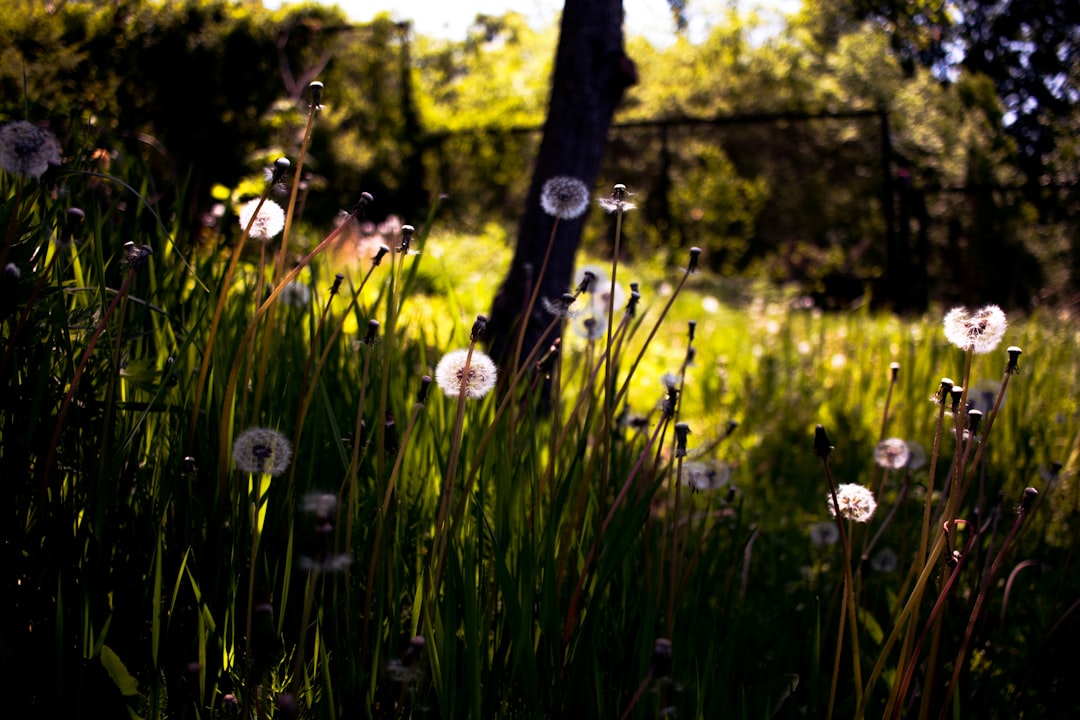Unveiling the Charms of Virginia Sweetspire: A Native Shrub's Journey

In the realm of gardening, there are countless treasures waiting to be discovered, and one such gem is the Virginia sweetspire. This native shrub, with its alluring features and relatively easy - care requirements, has become a favorite among garden enthusiasts. Let's embark on a journey to learn more about this remarkable plant.
Virginia sweetspire, scientifically known as Itea virginica, is a plant that offers a visual spectacle throughout the year. In the spring, it graces the garden with its fragrant flowers. These flowers are small, white, and densely packed in long, drooping racemes. The sweet, pleasant fragrance wafts through the air, attracting pollinators such as bees and butterflies. The sight of these tiny white blossoms against the backdrop of fresh green foliage is truly a sight to behold. It adds a touch of elegance and charm to any garden, whether it is a small urban plot or a large country estate.
As the seasons progress and fall arrives, the Virginia sweetspire undergoes a stunning transformation. Its leaves turn a bold burgundy color. This rich, deep hue stands out in the autumn landscape, creating a striking contrast with the yellows and oranges of other fall - foliage plants. The burgundy leaves can last for several weeks, providing a long - lasting display of color. It is as if nature has painted the shrub with a vibrant brush, making it a focal point in the garden during the fall months.
Now, let's delve into how to grow this native shrub successfully. First and foremost, Virginia sweetspire thrives in well - drained soil. It can tolerate a wide range of soil types, from sandy to loamy, as long as the drainage is good. If your soil tends to be heavy and clayey, it is advisable to amend it with organic matter such as compost or peat moss. This will improve the soil structure and allow the roots of the shrub to breathe and grow more freely.
When it comes to sunlight, Virginia sweetspire is quite adaptable. It can grow in full sun to partial shade. In full sun, the shrub will produce more flowers and have more intense fall color. However, it can also tolerate partial shade, especially in regions with hot summers. If you plant it in a location that receives dappled sunlight or a few hours of direct sun each day, it will still grow and thrive.
Watering is an important aspect of growing Virginia sweetspire. During the first year after planting, it is crucial to keep the soil consistently moist. This will help the shrub establish a strong root system. Once established, it is relatively drought - tolerant. However, during periods of extended drought, it is a good idea to give it a deep watering once a week to keep it healthy and looking its best.
Pruning is another consideration when growing Virginia sweetspire. You can prune it in late winter or early spring before new growth begins. Pruning helps to shape the shrub and remove any dead or damaged branches. It can also encourage more vigorous growth and increase flower production. You can prune it lightly to maintain its natural shape or more severely if you want to control its size.
Virginia sweetspire can be used in a variety of garden settings. It makes an excellent border plant, lining walkways or driveways. It can also be planted in groups to create a mass of color in a flower bed. Additionally, it can be used as a specimen plant, standing alone in a prominent location in the garden to showcase its beauty.
In conclusion, Virginia sweetspire is a native shrub that offers both aesthetic appeal and ease of care. Its fragrant spring flowers and bold burgundy fall color make it a valuable addition to any garden. By following the proper growing guidelines, you can enjoy the beauty of this shrub for years to come.